Mathieu has been the designer behind ‘The Bungalow’, Bungalow 8’s in-house clothing label since its inception in 2008. He recently announced his decision to leave the brand; taking personal time to travel before he returns to India to start afresh. Here, he looks back on Mumbai and all that has led to where he is at present:
The Beginning I remember being fascinated by King Louis XIV and dressing up like him when I was eight. Extravagant people captivated me. I liked the idea of role play: entering into a character and inhabiting his space. I grew up in the countryside of Normandy, in northern France, with no direct connection to art, design or fashion in my environment. It’s something I dreamed about and built up in my head. When my sister and I were kids, my grandmother made costumes for us: she mixed fabrics and patterns and that drew me to make my own garments. We were also cooking, painting, sketching: she really opened my mind to doing things with my hands. Although fashion was not my first love, as a teenager I admired designers like Yamamoto, Mugler, Gaultier and McQueen.The 90’s were an interesting time to grow up. It was nearly the turn of the millennium, and that period really saw the liberation of all forms of expression. They redefined what beauty is, and how we relate to it.
Later, at law school in Toulouse, I made costumes for myself and friends of mine. I was having more fun being creative in the arts and theatre scene. My circle of friends revolved around electronic music, experimental theater and art house cinema. I was fascinated by Bjork, and travelled the whole of western Europe to go to music festivals. Studying law had been the result of my parents’ advice: they thought it would add balance to my perspective so I did it for four years and graduated in 2002. By then it was clear to me that law wasn’t going to be the love of my life. I was almost 24 and though it was tough to change directions I took a chance with design school. I got into L’Ecole de la Chambre Syndicale de la Couture Parisienne in Paris – a very technical school with strong emphasis on how to cut and sew. I enjoyed building and shaping fabric into garments, and giving life to the pieces I created. Paris, and being at the doorstep of Le Musée du Louvre, played their influential part. I took part, multiple times, in backstage and showroom madness. I built up a great curiosity and a good know-how about the arts. In particular, I was exposed to photography; the works of Sarah Moon, Guy Bourdin, Helmut Newton and Jean Paul Goude have left strong impressions on my aesthetic.
Above: images | Sarah Moon
I was envisioning a career in costume, and reading extensively about historical garment constructions from different eras. While still in school, however, I had begun working with the house of Lanvin, and continued there upon graduation. Albert Elbaz, its Creative Director, has inspired elements of my design philosophy. He is one of the few designers whose sensibility is rooted in heritage, and consequently, his collections are rich and glamourous, while remaining grounded and unfussy. He has understood a way to be timeless. The legacies of Jeanne Lanvin, Paul Poiret, Madeleine Vionnet, Cristobal Balenciaga and even Gabrielle Coco Chanel to an extent, expressed similar themes of freedom and ease. Fashion to me is all about the meeting point of an expression, a skill, and, most importantly, the personality of the customer. Garments are the extension of one’s style, a reflection of their individuality. In addition to being visionaries, these big names had a great humility and surrendered to the larger picture: creating style for their customers.
This sensibility was paradoxical to my arty approach, and one of many points in my life where there was a break. I think that is what rebellion is about: a break in one’s vision which appears provocative at first. It slowly reveals itself as being an essential truth, and explains what our forefathers did and why we are where we are. We exist for a small fragment of time and so much has come before us. I think it’s very important to keep reminding myself of all the truths I’ve been told.
I met Maithili in Paris in 2007, while I was working at Yves Saint Laurent (as it was called then). We met through a common friend and she told me about her concept lifestyle boutique, Bungalow 8. I was in my little bubble in Paris, and Mumbai seemed liked another world. I had never been to India and never thought about visiting. But when she told me about her project to develop an in-house fashion label, I came to see what it would be like. It was the first glimpse of a vision of Indian heritage with an emphasis on comfort and versatility, and a Parisian approach. I moved to Mumbai in 2008.
Above: image | Bikramjit Bose source | The Bungalow Look Book
Bungalow 8 I came with the intention of learning about Indian culture but also to throw myself into a new environment. After working with big fashion houses where everything is organised and controlled, this was a huge challenge. I was coming from a mindset driven by the desire for shiny, trendy luxury goods but what Maithili wanted was much more about an expression of individuality. It was not a romanticized Westernized notion of India. Our first step for the line was to use indigenous fabrics and natural fibers, mainly khadis. Many of these fabrics don’t drape well so I had to learn how to handle them. At the beginning, there was nothing. I lived in a bedroom in Maithili’s house on Carmichael road where I draped my mannequins with fabrics I sourced, and made my own patterns.
In terms of silhouette, it has never been about Indian versus Western, but about dressing women. So many archives exist whether from the Mughal period or my older references like Madeleine Vionnet. Geometry is a base concept in garment construction globally. The sari and the dhoti are big rectangles if you think about it. Vionnet, who invented the bias-cut, was also all about geometry. Our goal has been to bring pieces with style to the person who wears our clothes. It’s about being rooted in India yet bringing something new to the table. We have worked with craftsmen whose skills have been developed over the course of generations. The techniques don’t change. They’ve always been here: we have tweaked and mixed them, but they are here. All the colours are here. It’s just our way of putting them together.
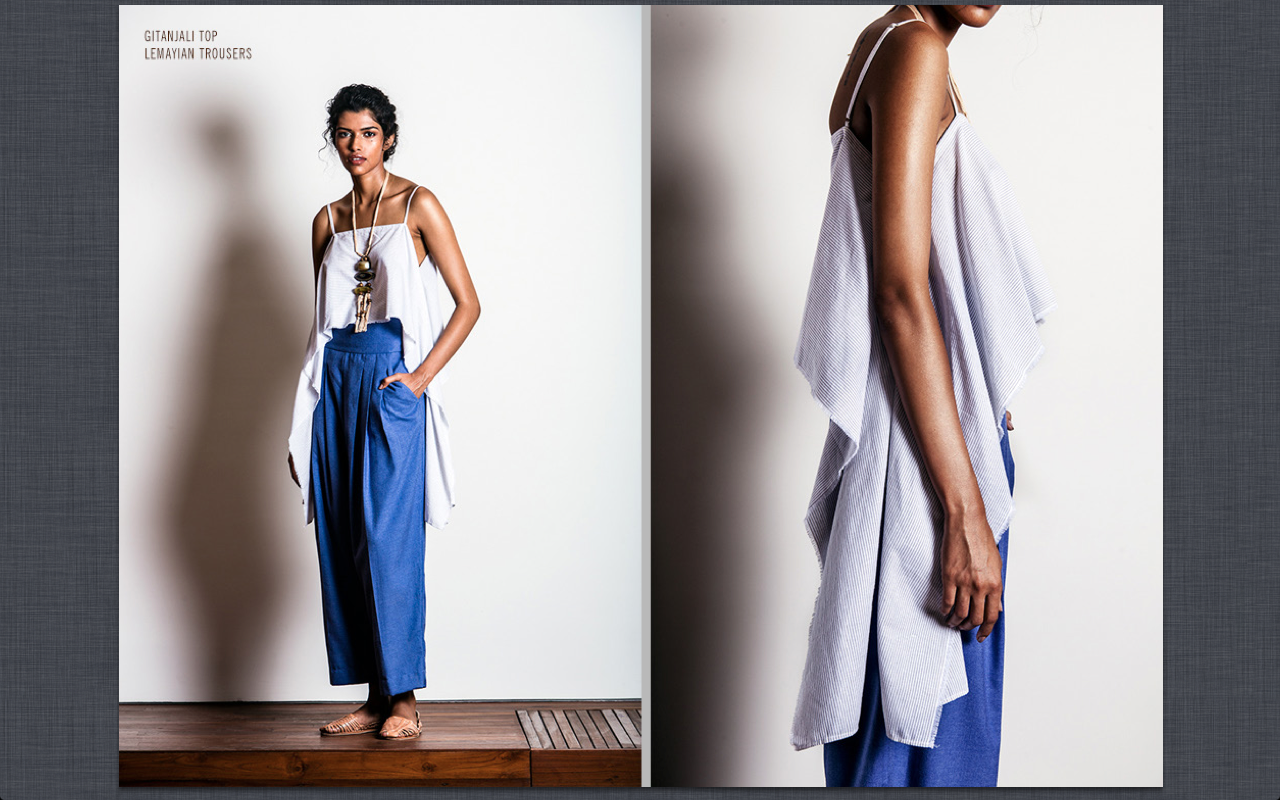
Above: images | Nishant Shukla source | The Bungalow Look Book
The Bungalow The collection has been in existence for almost eight years now and nothing makes me happier than seeing a piece from previous seasons that has remained relevant. Many of them are not – it hasn’t been an easy path. There have been a lot of struggles and there still are. The challenges in India are market related because our designs are still new to most people here. Many of them expect ornamentation, while we offer pared-down flawless cuts. We have worked with constant feedback and exchange with our clients. I think design by essence is not very easy. Because even though my philosophy is about timelessness, there must be some evolution. We do new collections every season with different moods. The challenge is to make pieces which are unique, timeless, rich, not too expensive, and fit as many body types as possible.
You never create something by yourself; it always follows something that existed before. You aim to reinvent so that it is grounded in and reflective of the present. I believe that whatever I do has to have a foot firmly set in tradition for it to sustain itself in the future.
There are things I’ve created at Bungalow 8 that I wouldn’t have necessarily created in another place or atmosphere. I am most proud of my work with sari drapes and dhotis. Those silhouettes were fun to create and they also happen to be what has made the brand strong. My reinterpretation of Indian cuts mixed with a Parisian perspective brought about the dhoti jumpsuit, which is one of my favourites. I am most glad for having brought a different perspective to Indian fabric and how it can be used. In terms of clients and garment construction, where we have succeeded is enhancing what is innately good in Indian design, and making it versatile for several body types. I am also glad to have made it possible for the company to hire a foreigner and still be financially sustainable.
Above: image | Bikramjit Bose source | The Bungalow Look Book
Above: image | Mathieu Gugumus Leguillon source | Bungalow 8 store display
Digital References Androphilia Textile Systematisms Business of Fashion Brain Pickings Strange Places FKA twigs Little Shilpa
People Working with Loulou (Isla Van Damme, Bungalow 8’s visual merchandiser and design consultant) has been a total influence. She has amazing depth of experience, and her vision is, like my own, grounded in heritage but not stuck in it. She likes to make new things but respects how things were done before her. It’s very interesting to have her input, and my approach has been to listen and learn. She’s influenced my way of structuring garments and shown me how to say no to things I don’t believe in – how to stand for your vision.
Before India, everything was black and white for me – with some grey. It was really that bad. I still believe in muted tones but India is such a vibrant country that it is responsible for the evolution in my approach to colour. I still love black, white and grey but we’ve done successful collections that were all about brights.
Shalini Subramanyam, who has a store in Bangalore called Plantation House, is someone I relate to in terms of aesthetics and the way she has perfected her use of colour. Prashant Miranda, a watercolour artist, also from Bangalore, who lives in Toronto six months of the year, is another. He has a very colourful way of looking at life, which was completely different from mine.
Above: images | Mathieu Gugumus Leguillon source | streets of Mumbai
Next Steps I’ve had many such “breaks” in my life. I’ve always learnt the hard way, and it’s because I question everything – probably too much. I am conscious now about recognizing smaller achievements and how they contribute to the overall picture. It’s about being humble and confident that things are coming, but also watching them unfold. It’s made me focus on what I want to express and receive from the world: a subtle movement but I am much more aware.
I feel a sense of accomplishment with having built something honest at Bungalow 8. It has taken its time but the clothes have been getting a very positive response at the new store. I’ve done my best and I’m ready to let it go. I leave in August to travel across Central America and explore a completely different part of the world. I have been working continuously without a break for more than two or three weeks in a year, and it will be great to breathe a bit. That’s the first step. I will be back in India early next year, and I am considering doing something more personal, and much more rooted in craft. One of the reasons I came to India was because I wanted to be hands-on with fabric. At Bungalow 8, it has been largely about creating and producing new shapes and collections. I would love to go a step further and work with raw materials, discover remote regions and interact with weavers much more. I know the direction I want to take and I am looking forward to shaping it into something concrete soon.
Work History Bungalow Eight: Designer, Mumbai 2008 Yves Saint Laurent: Product Developer, Paris 2006 – 2007 Lanvin: Studio Design Assistant, Paris 2004 – 2006


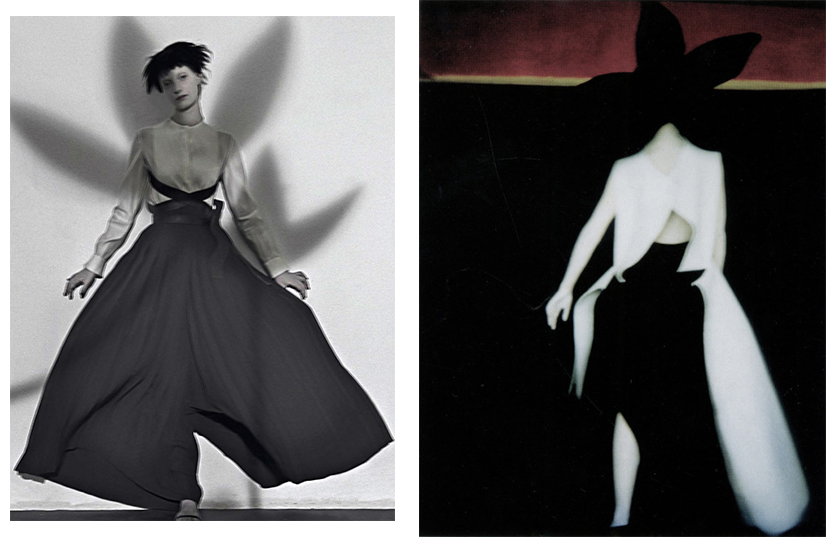
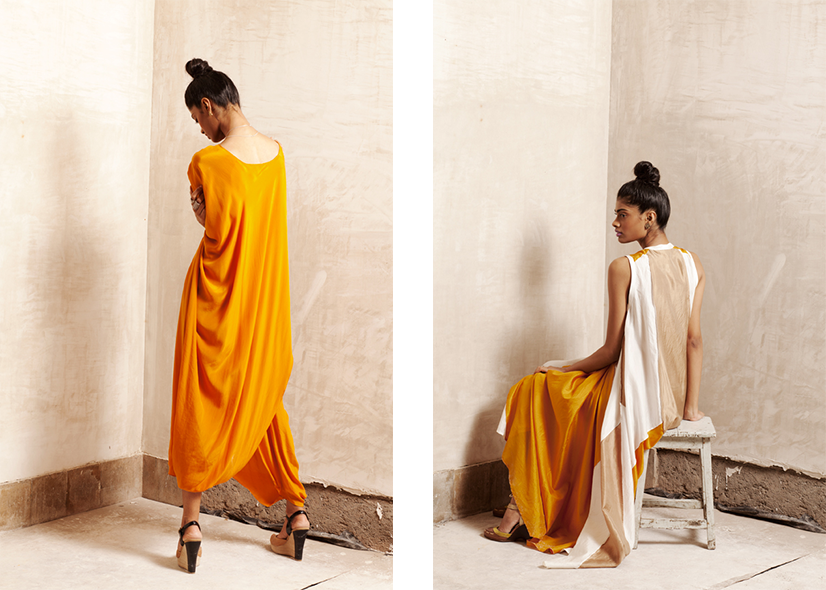
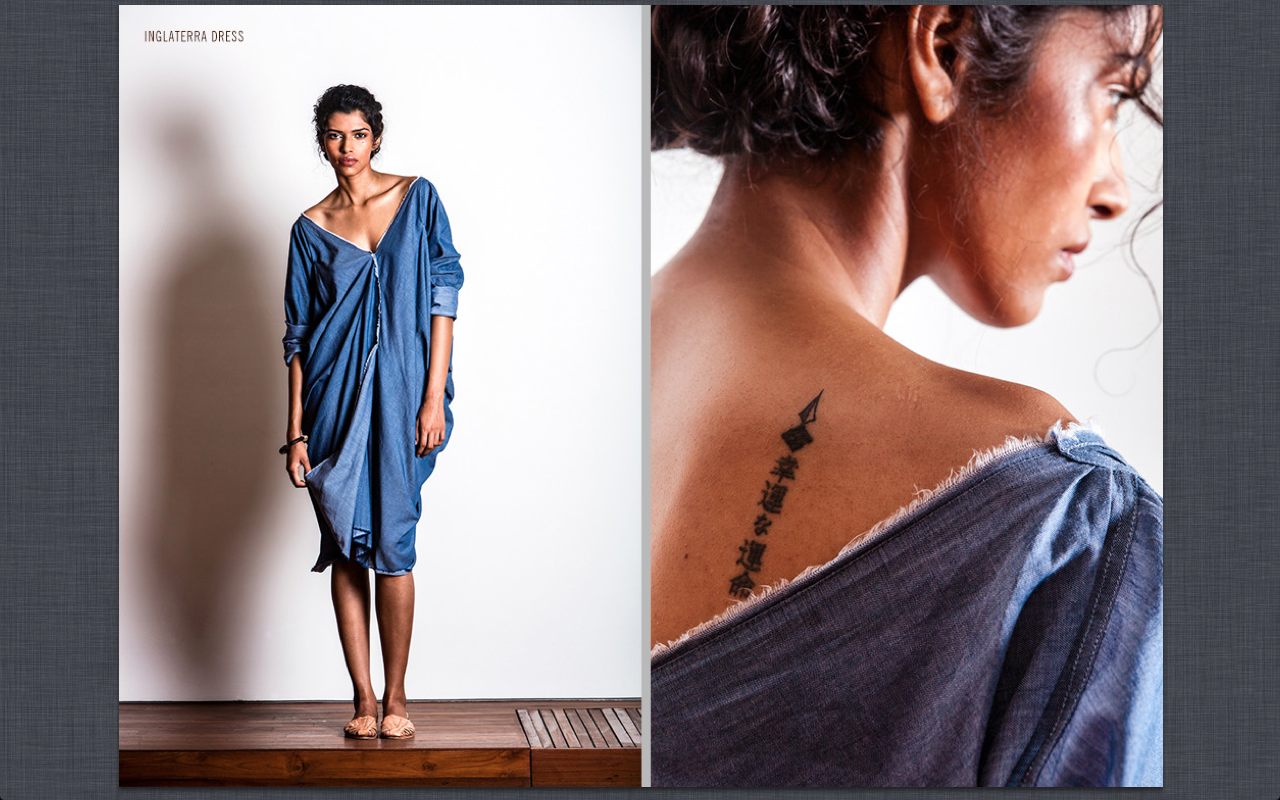
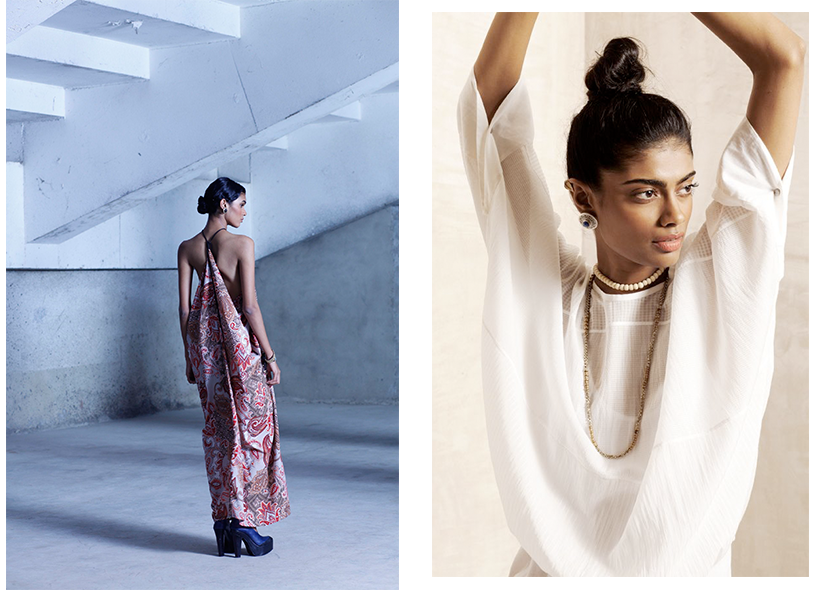
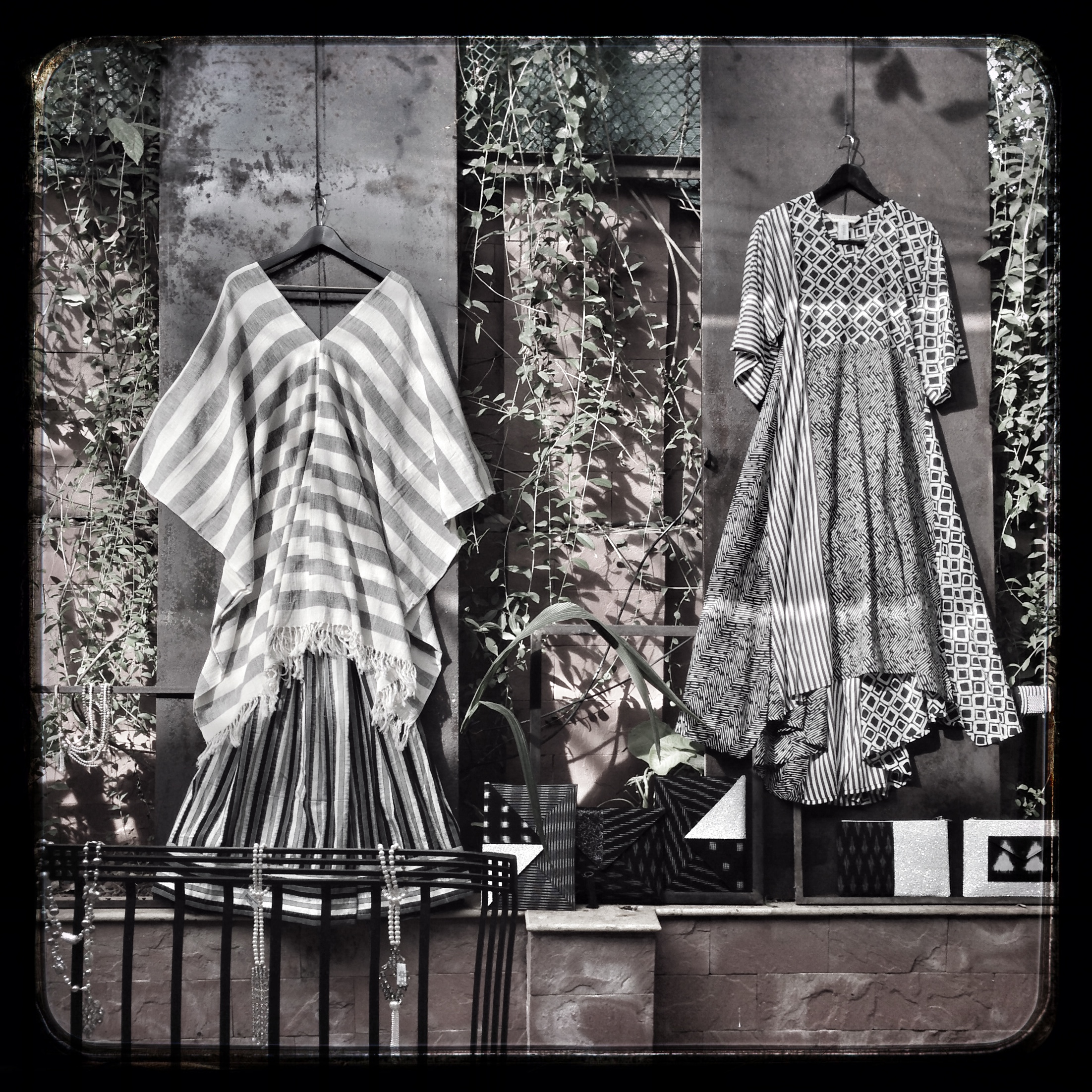
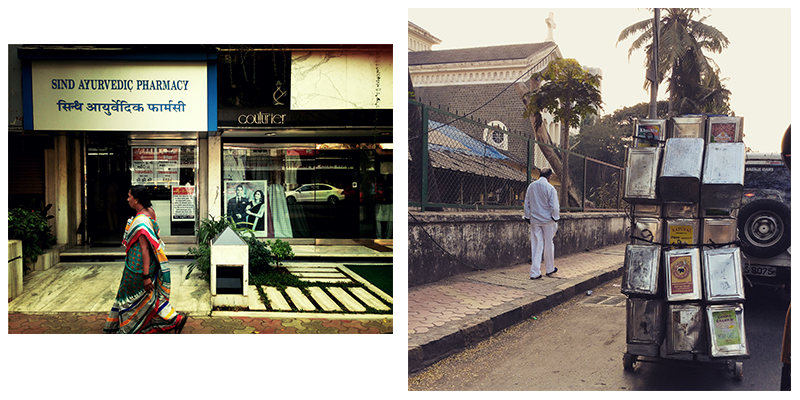
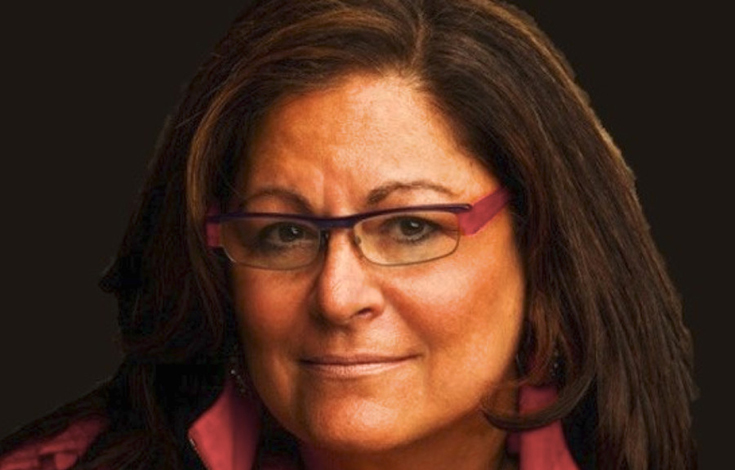
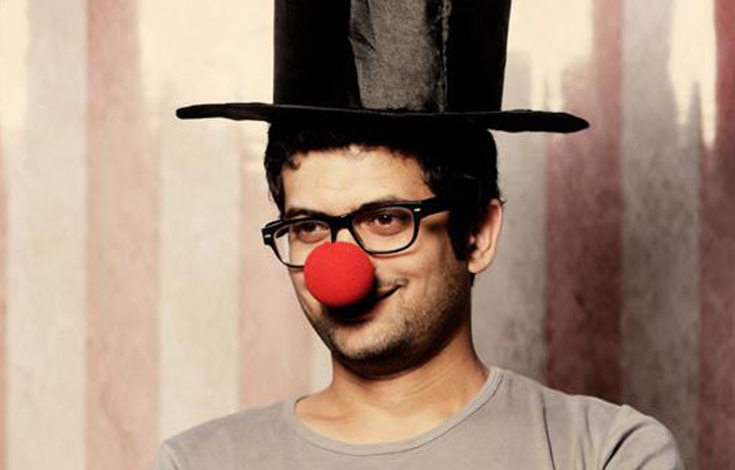
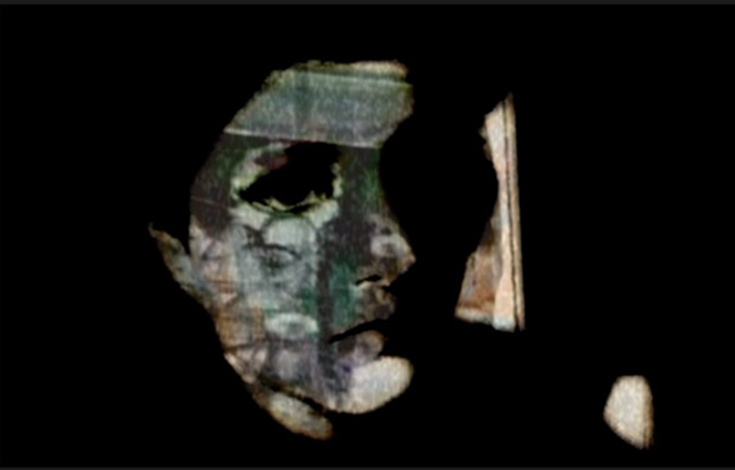
What a fascinating read! I’ve loved watching the Bungalow 8 style evolve over the years into what is some of the most exciting designs coming out of India. The marriage of traditional weaves and timeless silhouettes is a winning combination, and very inspiring for us. It’s fabulous to read the behind-the-scenes story of it all.